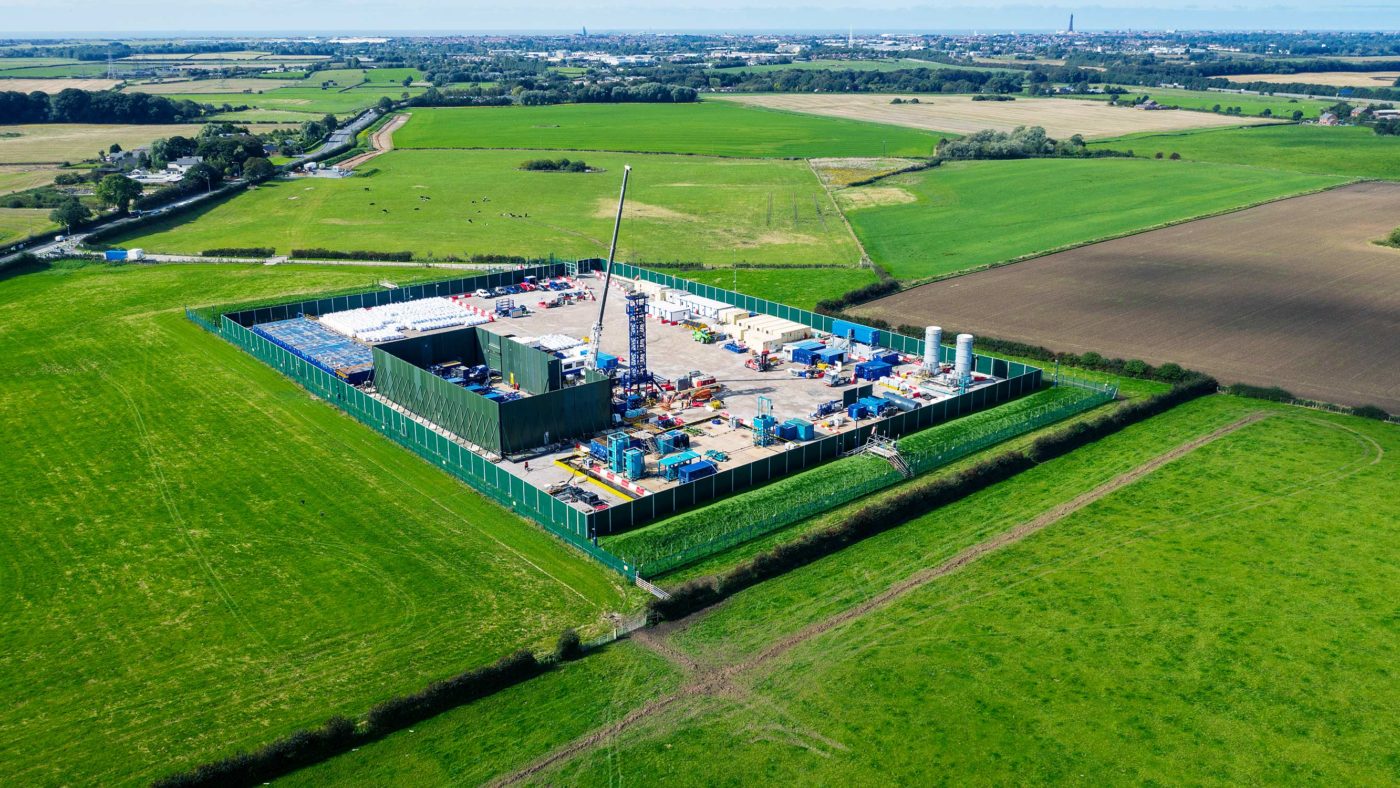The case for shale gas development in the UK is fundamentally logical and at present is a matter of national urgency.
In Pennsylvania, shale gas production increased from near zero to an equivalent of current annual UK natural gas production in less than five years. Core samples taken from Nottinghamshire suggests that UK shale could have more than double the in-place gas resource per square mile of Pennsylvania’s Marcellus shale.
We are confident we can recover enough shale gas to fuel the UK for more than 50 years, however the moratorium has stopped us from progressing that opportunity – an opportunity that could provide energy security, lower emissions, jobs and investment.
The shortfall between natural gas demand and supply in the Climate Change Committee’s ‘balanced’ scenario is in the region of 1000bn cubic metres by 2050. At typical wholesale prices of 2p/kwh, this would see around £200bn sent overseas by 2050 and would see £1tn of UK capital offshored by 2050 based on average Q1 2022 prices.
This shortfall already assumes that the UK ‘doubles down’ on renewable development, in that it assumes the UK increases annual average low carbon electricity additions to 22.5TWh per year from 2020 to 2040, compared to an annual average of around 10TWh from 2010 to 2020. Effectively it assumes the UK adds the world’s largest wind farm to generating capacity every 10 weeks.
In addition, the forecast pre-combustion carbon footprint of UK shale gas is around one quarter of that of imported liquified natural gas, which is landing in the UK in enormous volumes. In 2021, the UK documented a 10-year high total imports, record net imports, record low exports and record high Russian LNG imports. In January 2022, LNG became the single largest source of UK natural gas supply for the first time.
Turning to seismicity, the largest event induced from the first Lancashire well, used by the Government as the ‘scientific’ justification for its moratorium decision, was a modest 1.5ML on the Richter scale. The surface impact of such an event has been described as the equivalent of dropping a honeydew melon on the ground according to a study by Liverpool University. Even if we examine the largest seismic event, a 2.9 ML induced during the hydraulic fracturing of the second well, and not assessed by scientists until a year after the moratorium had been announced, the surface vibration of that event lasted for 2 seconds and was one half of what is permitted at construction sites across the UK under British Standards which have been in place for decades.
In terms of land use, UK shale gas is one of the most efficient onshore technologies. To produce the same amount of energy as a 10-well shale gas pad, you would need a wind farm 750 times the size. To put that in context, a producing shale gas site is roughly the size of Parliament Square whilst to produce the same amount of energy you would need a wind farm 10 times the size of London’s Hyde Park.
The business-as-usual approach where the UK pays exceedingly high prices to land LNG tankers is economically, environmentally, and geopolitically irresponsible. The UK currently competes with 42 other countries for LNG from a limited number of producers. These tankers will always go where the price is highest or where they have been contracted on a long-term basis to deposit their cargo. Asian natural gas demand is forecast to double by 2050 and LNG supply tightness has been forecast to continually grow out to 2040, so this approach to our future gas supply is rife with risk both to supply and high costs to UK consumers. The greater UK shale gas production is, the less we are exposed to the uncertain, high priced LNG spot market.
Local communities will benefit too – currently 1% of revenue from shale gas production sites will go to local people for use as they see fit – such as reducing energy bills. For example, one well site could provide around £60m to local people based on Q1 gas prices. We at UK Onshore Oil and Gas are in discussions to increase that offer to provide even more financial community benefits. Recent YouGov polling has shown that 58% of residents in the North of England and 70% of Conservative voters would support shale gas in their area if we provided money off bills through our benefits package.
Whilst we totally support the Government’s target for Net Zero and the approach to maximise production from the UKCS, it would be unreasonable and illogical to ignore the significant potential of the onshore industry – a potential natural gas reserve between 7 and 17 times greater than offshore.
Our ask to Government is simple – lift the moratorium and work with industry to remove regulatory and planning-related barriers to development and we will deliver jobs, tax revenues and energy security from UK shale.
The shale resource is under our feet. Failure to exploit it at a time of energy crisis would be a political failure.
Click here to subscribe to our daily briefing – the best pieces from CapX and across the web.
CapX depends on the generosity of its readers. If you value what we do, please consider making a donation.


